Ander Arriandiaga
Exploiting Event Cameras for Spatio-Temporal Prediction of Fast-Changing Trajectories
Jan 15, 2020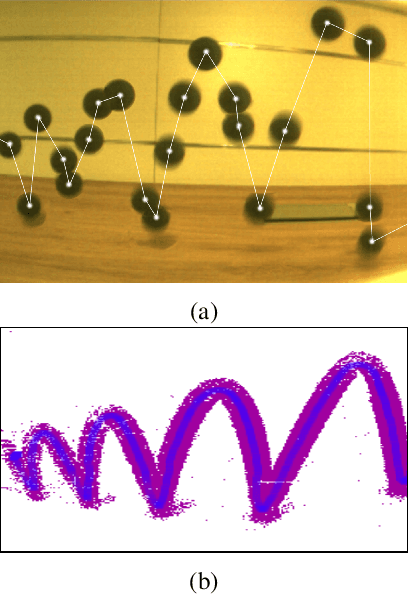
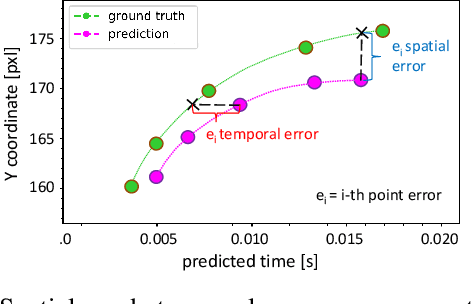
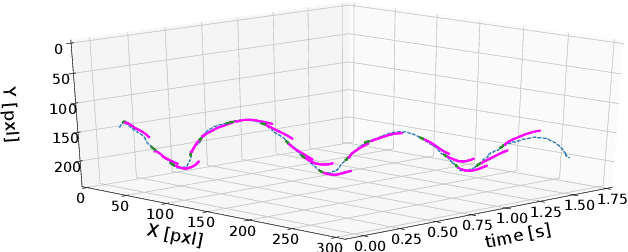
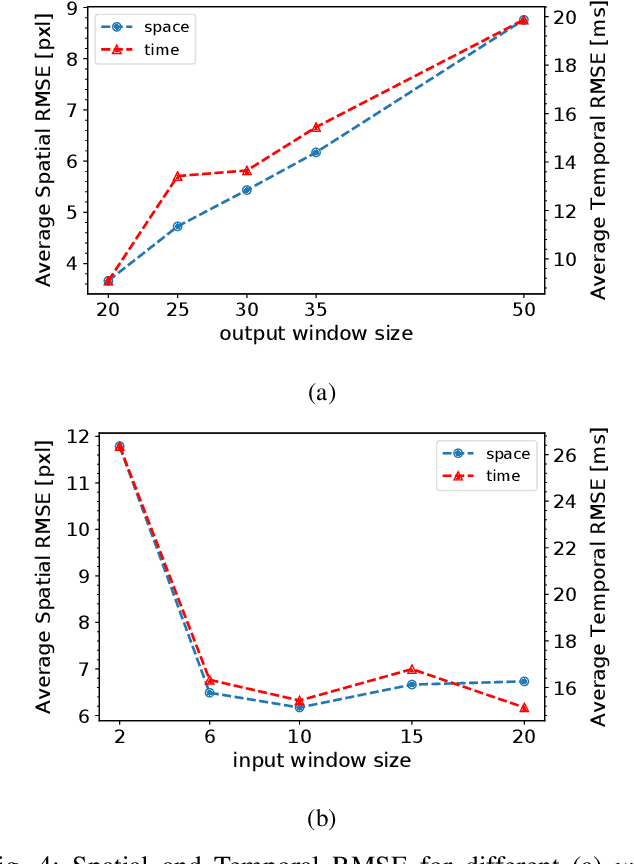
Abstract:This paper investigates trajectory prediction for robotics, to improve the interaction of robots with moving targets, such as catching a bouncing ball. Unexpected, highly-non-linear trajectories cannot easily be predicted with regression-based fitting procedures, therefore we apply state of the art machine learning, specifically based on Long-Short Term Memory (LSTM) architectures. In addition, fast moving targets are better sensed using event cameras, which produce an asynchronous output triggered by spatial change, rather than at fixed temporal intervals as with traditional cameras. We investigate how LSTM models can be adapted for event camera data, and in particular look at the benefit of using asynchronously sampled data.
Audio-Visual Target Speaker Extraction on Multi-Talker Environment using Event-Driven Cameras
Dec 05, 2019

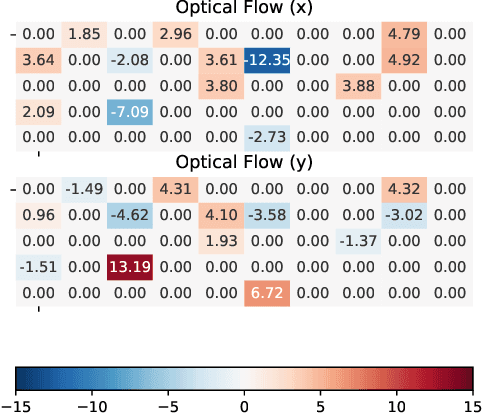
Abstract:In this work, we propose a new method to address audio-visual target speaker extraction in multi-talker environments using event-driven cameras. All audio-visual speech separation approaches use a frame-based video to extract visual features. However, these frame-based cameras usually work at 30 frames per second. This limitation makes it difficult to process an audio-visual signal with low latency. In order to overcome this limitation, we propose using event-driven cameras due to their high temporal resolution and low latency. Recent work showed that the use of landmark motion features is very important in order to get good results on audio-visual speech separation. Thus, we use event-driven vision sensors from which the extraction of motion is available at lower latency computational cost. A stacked Bidirectional LSTM is trained to predict an Ideal Amplitude Mask before post-processing to get a clean audio signal. The performance of our model is close to those yielded in frame-based fashion.
Estimation of lactate threshold with machine learning techniques in recreational runners
Mar 19, 2018
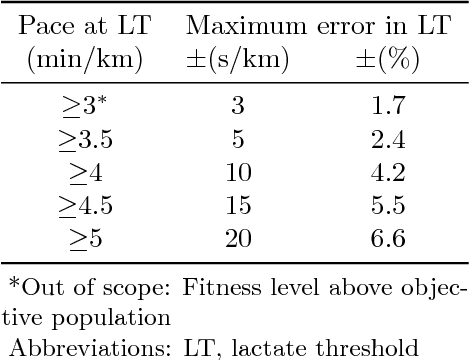

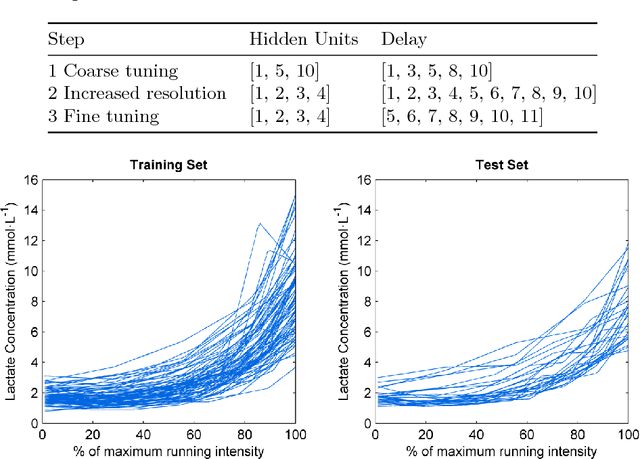
Abstract:Lactate threshold is considered an essential parameter when assessing performance of elite and recreational runners and prescribing training intensities in endurance sports. However, the measurement of blood lactate concentration requires expensive equipment and the extraction of blood samples, which are inconvenient for frequent monitoring. Furthermore, most recreational runners do not have access to routine assessment of their physical fitness by the aforementioned equipment so they are not able to calculate the lactate threshold without resorting to an expensive and specialized centre. Therefore, the main objective of this study is to create an intelligent system capable of estimating the lactate threshold of recreational athletes participating in endurance running sports. The solution here proposed is based on a machine learning system which models the lactate evolution using recurrent neural networks and includes the proposal of standardization of the temporal axis as well as a modification of the stratified sampling method. The results show that the proposed system accurately estimates the lactate threshold of 89.52% of the athletes and its correlation with the experimentally measured lactate threshold is very high (R=0,89). Moreover, its behaviour with the test dataset is as good as with the training set, meaning that the generalization power of the model is high. Therefore, in this study a machine learning based system is proposed as alternative to the traditional invasive lactate threshold measurement tests for recreational runners.
* 33 pages, 16 figures
 Add to Chrome
Add to Chrome Add to Firefox
Add to Firefox Add to Edge
Add to Edge